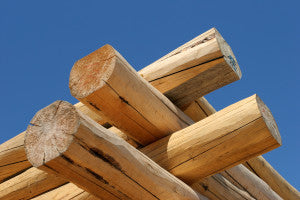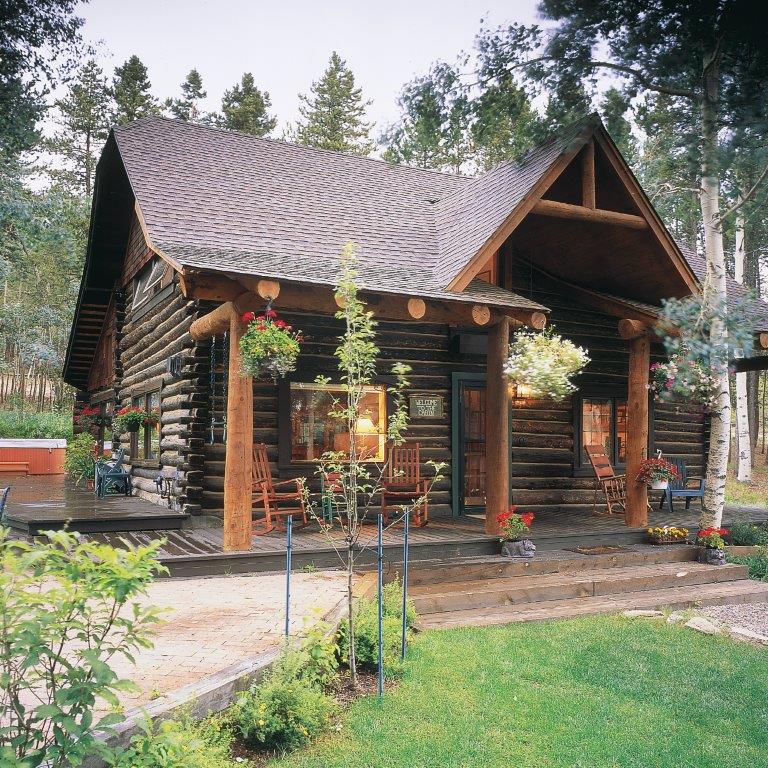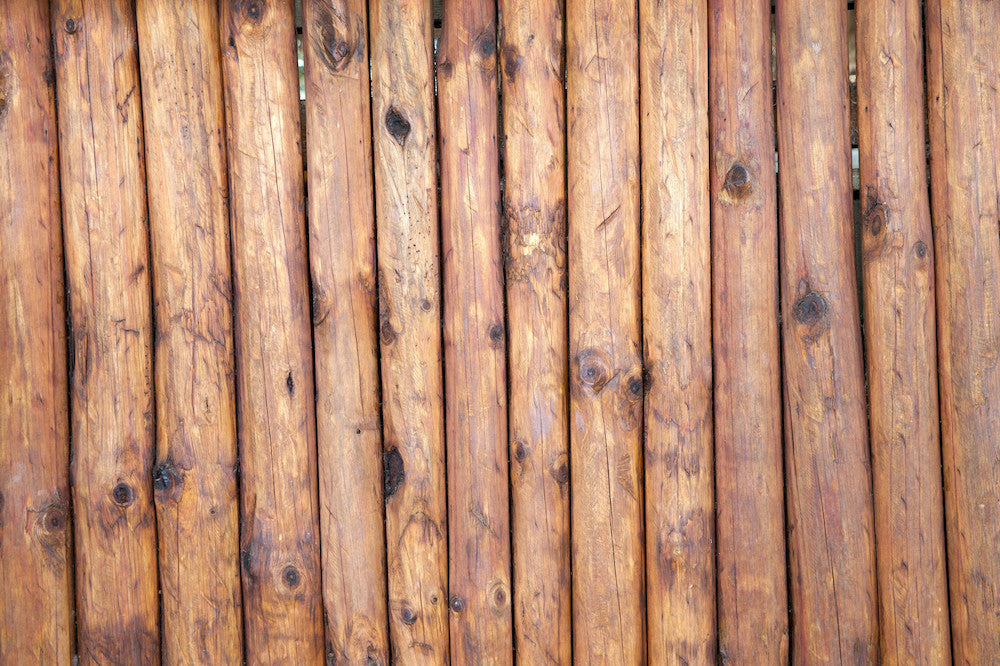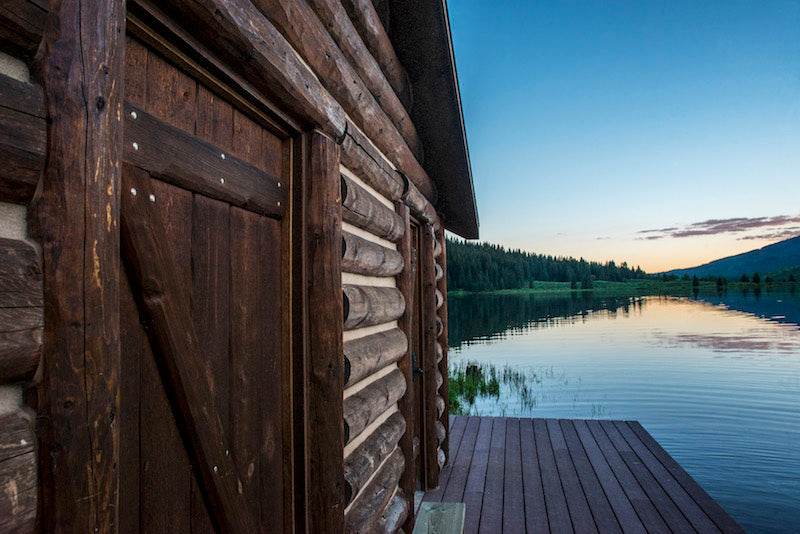5 Important Questions to Ask Before You Build a Log Home

Building a home, whether it will be a log home or a more traditional version, is a very involved process where a glitch or two should be expected. In order for any snags to be kept to a minimum and become satisfactorily resolved, however, insight into possible snafus is necessary. As a prospective log-home owner, you will want to become a pro-actively empowered consumer and do as much homework as you possibly can to know what questions to ask as well as to make sure you are getting exactly what you desire. There are several things you can and should do prior to purchasing any building materials related to log-home construction:
- Read through log-home magazines and jot down questions and ideas
- Go online for various options concerning flooring material, log profiles, floor plans and amenities
- Become aware of pre-construction pest treatments
- Attend log-home shows and seminars—they are fun and extremely informative
Here are five important questions you should ask before you build a log home, though you will, realistically, have many more questions than these:
1. How Can I Determine Which Log-Home Builder Is The Best?
Your choice of log-home builder is crucial! You can have the best design and a top-notch log-home manufacturer, but if your builder doesn’t have the experience or reputation that will validate him as completely reliable, your personal dream can turn into personal dread. It’s imperative you check a builder’s references with previous customers as well as your state contractor’s board to make sure your builder has no liens or judgments against him. Contacting your state’s attorney general’s office is not out of line, either! The attorney general’s office will reveal any past legal litigation; and if you discover multiple incidents over the course of 5 years or so, you should see red-flags waving. Making sure your builder is licensed and bonded is vital, as well. If injuries occur during construction and your builder is not licensed or bonded, you could be held monetarily liable. The chances that any builder is not licensed or bonded would be rare, but don’t never assume!
2. Should I Consider Being My Own Builder?
The short answer is: probably not! That answer is based on a variety of considerations that most log-home buyers are probably not aware of. Building a log-home would require an immense amount of spare-time not to mention insight into a construction background which would partially include coordinating vital paperwork, organizing and overseeing work-crews and having needed machinery on hand for every phase of construction. Additionally, aspects including plumbing and electrical components are much more complex than they were a mere decade ago. Then there are the local and state permits and contracts to fully understand. Even if you were to hire sub-contractors for such things as electrical wiring, plumbing, cabinet installation and trim-work etc. you would end up paying those contractors more for your single project verses their being hired to work continually with a builder. In the end, the overall cost would come very close to simply hiring a builder or general contractor in the first place. Don’t get me wrong—people have built their own log-homes, but you simply have to know what you are doing!
3. How Much House Can I Afford?
The amount of the mortgage payment each month is the bottom line, isn’t it? The wonderful thing is, whether your log-home ends up being 3,000 square feet or 1,500 square feet, log homes, regardless of size, offer a warmth and ambiance you won’t experience with any other type of home! What you can realistically afford takes into account not only the mortgage payment each month but taxes and insurance costs. Additionally, expected maintenance costs need to be figured in since keeping your home in tip-top shape is not an option, it’s a necessity in order for your log home to stay optimally ‘heathy’ decade after decade. A good tool to use is a mortgage calculator which can easily be found online. You can arrive at a realistic mortgage payment that will coincide with your budget. Entry fields will ask basic questions; and within a minute or less you’ll be able to view the figures that will reveal the size of mortgage you can comfortably afford which, of course, will determine the type of log home you will construct. Speaking with a mortgage lender is a revealing first-step and he or she will go through the pre-qualification process and help you to determine your particular loan amount.
4. What Species Of Wood Should I Use For My Home?
For what it might be worth, most log-homes are constructed of pine. Not all logs are ‘created’ equally and variances between one log species and another would include such things as:
- Insulation Capabilities: Cedar can have an R-Value of 3.78 per inch while Douglas Fir ranks at 3.00 with Southern Pine coming in with an R-Value of 2.76. R-Values will vary greatly depending on the width and height of logs (not length) as well as the shape—round, D-shape or square. Round logs have significantly lower R-Value than square logs or timbers.
- Checks or Cracks: Some species of wood have inherently more cracks than others.
- Contamination Resistance: Some species of wood possess better resistance to mold, mildew, rot, fungus, decay, and pest infiltration. Western Red Cedar logs, for example, have the highest natural resistance to insects and decay while Eastern White Cedar, Cypress and Hemlock are far behind by comparison. With that being said, most logs will serve you well by treating the exterior with wood preservatives.
- Staining Reactions: Different species of wood will respond differently to the same type of stain—variances in stain coloration can be quite dramatic.
5. Which Type Of Roofing Should I Choose?
When it comes to roofing material to be used, two things should be asked: 1) what look do you prefer? And 2) how much do you want to spend? There are two often-used roofing materials incorporated with log homes—composite shingles and metal. One metal choice is called ‘standing seam’ that utilizes 12”-wide strips with covered screws. The fact that the screws are covered is important since they will not work themselves loose over time. A more-affordable metal option is ‘delta rib’ that comes in 3-foot-wide sections. Composite shingles come with 50-year and 30-year warranties and, surprisingly, the price disparity between the two is not overly significant! You will have far more questions than these; and becoming as informed as possible with independent research will keep any unwanted surprises at bay! There’s a lot to know, but knowledge is power—become an informed consumer and enjoy your beautiful log home!





